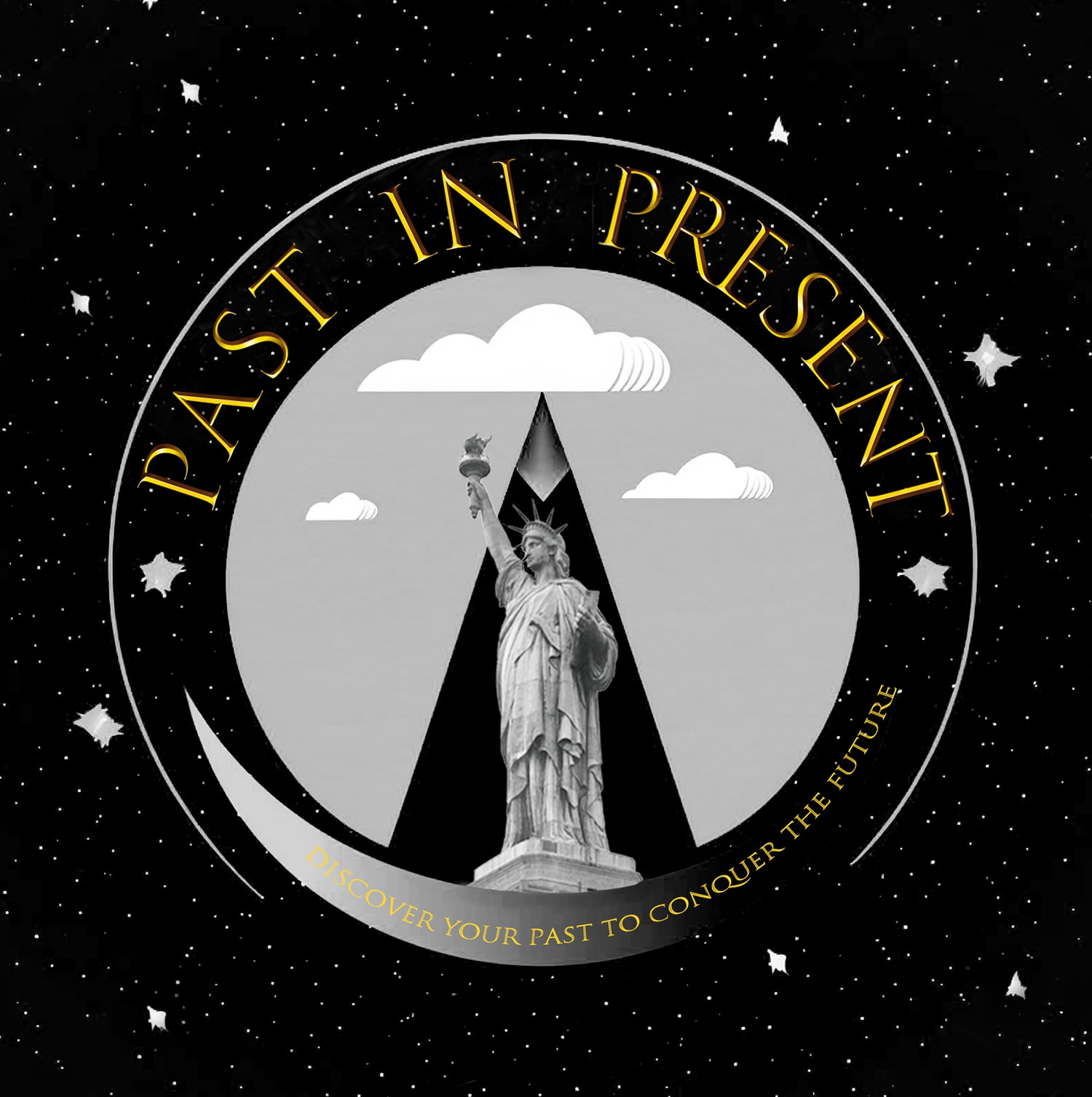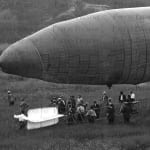-
Artworks
Open a larger version of the following image in a popup: Aviation Pioneer Pilot Roy Knabenshue Christened "Wizard of the Air” Preparing His Toledo 2 Airship For The First Ever Flight Over New York City, August 1905
Open a larger version of the following image in a popup:
Aviation Pioneer Pilot Roy Knabenshue Christened "Wizard of the Air” Preparing His Toledo 2 Airship For The First Ever Flight Over New York City, August 1905
Open a larger version of the following image in a popup: Aviation Pioneer Pilot Roy Knabenshue Christened "Wizard of the Air” Preparing His Toledo 2 Airship For The First Ever Flight Over New York City, August 1905
Open a larger version of the following image in a popup:
Aviation Pioneer Pilot Roy Knabenshue Christened "Wizard of the Air” Preparing His Toledo 2 Airship For The First Ever Flight Over New York City, August 1905
Open a larger version of the following image in a popup: Aviation Pioneer Pilot Roy Knabenshue Christened "Wizard of the Air” Preparing His Toledo 2 Airship For The First Ever Flight Over New York City, August 1905
Open a larger version of the following image in a popup:
Aviation Pioneer Pilot Roy Knabenshue Christened "Wizard of the Air” Preparing His Toledo 2 Airship For The First Ever Flight Over New York City, August 1905
Open a larger version of the following image in a popup: Aviation Pioneer Pilot Roy Knabenshue Christened "Wizard of the Air” Preparing His Toledo 2 Airship For The First Ever Flight Over New York City, August 1905
Open a larger version of the following image in a popup:
Aviation Pioneer Pilot Roy Knabenshue Christened "Wizard of the Air” Preparing His Toledo 2 Airship For The First Ever Flight Over New York City, August 1905
Open a larger version of the following image in a popup: Original vintage glass camera negative (display only, not for sale)
Original vintage glass camera negative (display only, not for sale)
Aviation Pioneer Pilot Roy Knabenshue Christened "Wizard of the Air” Preparing His Toledo 2 Airship For The First Ever Flight Over New York City, 1905
Edition of 50DP4303/13X19Currency:Further images
The Knabenshue Toledo No. 1 was built by Augustus Roy Knabenshue (1876-1960). Knabenshue was an American aviation pioneer, who by stroke of luck, and completely without powered flight experience, became...The Knabenshue Toledo No. 1 was built by Augustus Roy Knabenshue (1876-1960). Knabenshue was an American aviation pioneer, who by stroke of luck, and completely without powered flight experience, became the first American to pilot an airship under power - all in front of an approving audience. After his flight, where the press christened him the "Wizard of the Air", he immediately embarked on building his “Toledo". Knabenshue's Toledo 1 was clearly influenced by the airship design of Thomas Baldwin's "California Arrow" which Knabenshue piloted on October 25, 1904 at the St. Louis World's Fair, bear a striking resemblance. Both suspend a triangular frame catwalk as a "control car" under a set of square-mesh nets of strong cord which, upon inflation of the the gas bag, contain and hold the gas bag captive.
Constructed through the winter of 1904 and the spring of 1905, Knabenshue’s Toledo 1 was ready for flight in June 1905. The control "car" was 38 feet long, made up of square spruce struts (painted a silver color resulting in an "aluminum" appearance) and piano wire cross bracing making the entire frame very rigid. The gas bag is cigar-shaped, 62 feet long, made of Japanese silk "painted" with a special "varnish" developed by Knabenshue himself, and a capacity of 7,000 cubic feet of hydrogen. It is with great fortune that Mr. Knabenshue was able to complete the construction of his first two airships as vandals broke into his workshop on May 24th, 1905, and cut up and nearly destroyed one of the gas-bags!
In August of 1905 he also had ready his very similar "Toledo No. 2", which he flew in and around Central Park, New York that same month, opting to fly the No. 2 instead of the No. 1 which he had with him as well. This flight was the first ever blimp flight over Manhattan.
In order to ascend, Knabenshue would walk to the back of the wooden frame track. In order to descent it was necessary to run to the front. The balloon was steered by hand with a large white fin on the aircraft's rear, and propelled by a small gas engine mounted on the frame.
Knabenshue built ten airships and numerous balloons, was a prominent member of the Early Birds of Aviation, and had earned a significant place in American aviation history.
Welcome to online viewing room
Checking your information














